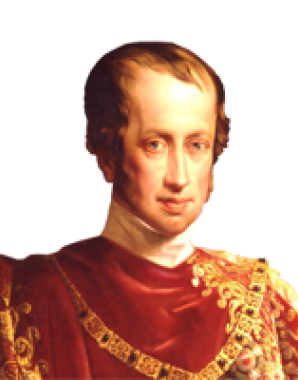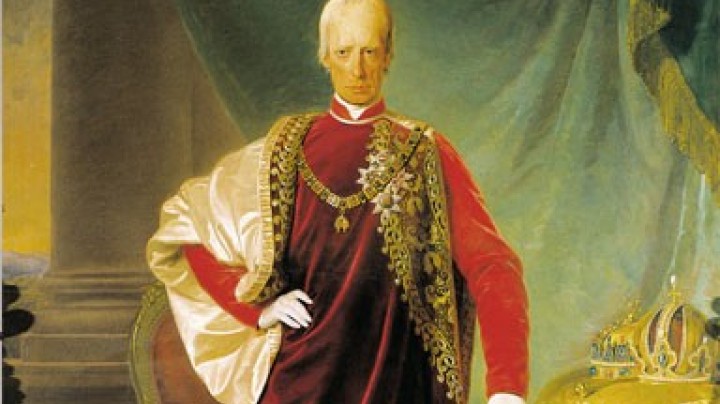The Wiener Neustädter Blutgericht – the hanging tribunal at Wiener Neustadt
Ringleaders from the Estates were publicly executed by order of Archduke Ferdinand. An abrupt end was put to any opposition from the Estates at a summary tribunal with capital jurisdiction convened at Wiener Neustadt.
In 1522, Archduke Ferdinand returned to his Hereditary Lands after months of absence, having received sovereignty over the Austrian Lands in the Treaty of Worms (28 April 1521). Before even setting foot in Vienna, the new ruler made for Wiener Neustadt; however, the idyllic reception Ferdinand was accorded there was deceptive, as he had sought out this city for purely political reasons.
The government of the Estates, which had been vested with sovereign authority by Maximilian I, had withdrawn to Wiener Neustadt in the face of opposition from members of the Estates in Vienna. The latter had availed themselves of the opportunity afforded by the interregnum between Maximilian’s death in 1519 and Ferdinand’s arrival in the city in 1522 to seize power.
Ferdinand was intent on putting an abrupt end to this regime. He convened a summary court in Wiener Neustadt and appointed judges from outside, summoning all the members of the Estates government to attend. As they would otherwise have lost their titles and property, nearly all of them obeyed the summons. Before this tribunal they had to declare whether they were followers or opponents of the rebel councillors. Held in public on the main square of Wiener Neustadt, this judicial spectacle commenced on 4 July 1522. Many spectators attended the two-week trial, which ended on 23 July 1522 with the proclamation of the death sentence for two aristocratic leaders, the mayor of Vienna Martin Siebenbürger and five other burghers from Vienna. After execution, their corpses were taken to Vienna and displayed on the Fleischmarkt, a public market place, both as a deterrent and as a symbol of the new ruler’s absolute power.
The battle between the Estates and the sovereign thus ended with the latter’s victory, and Vienna was subsequently put under his direct control.

















